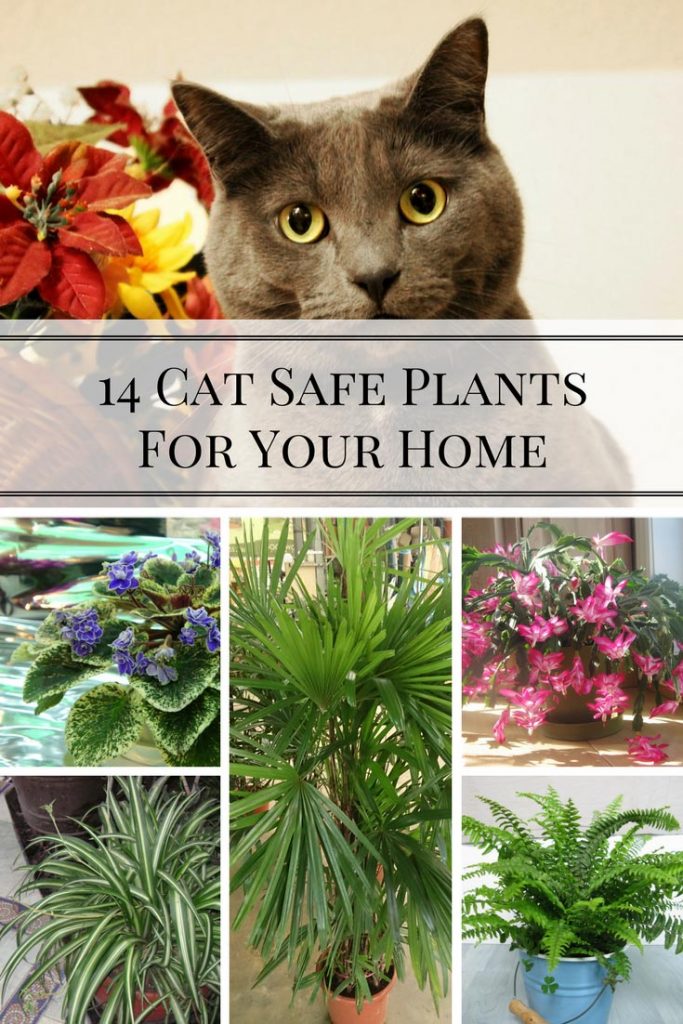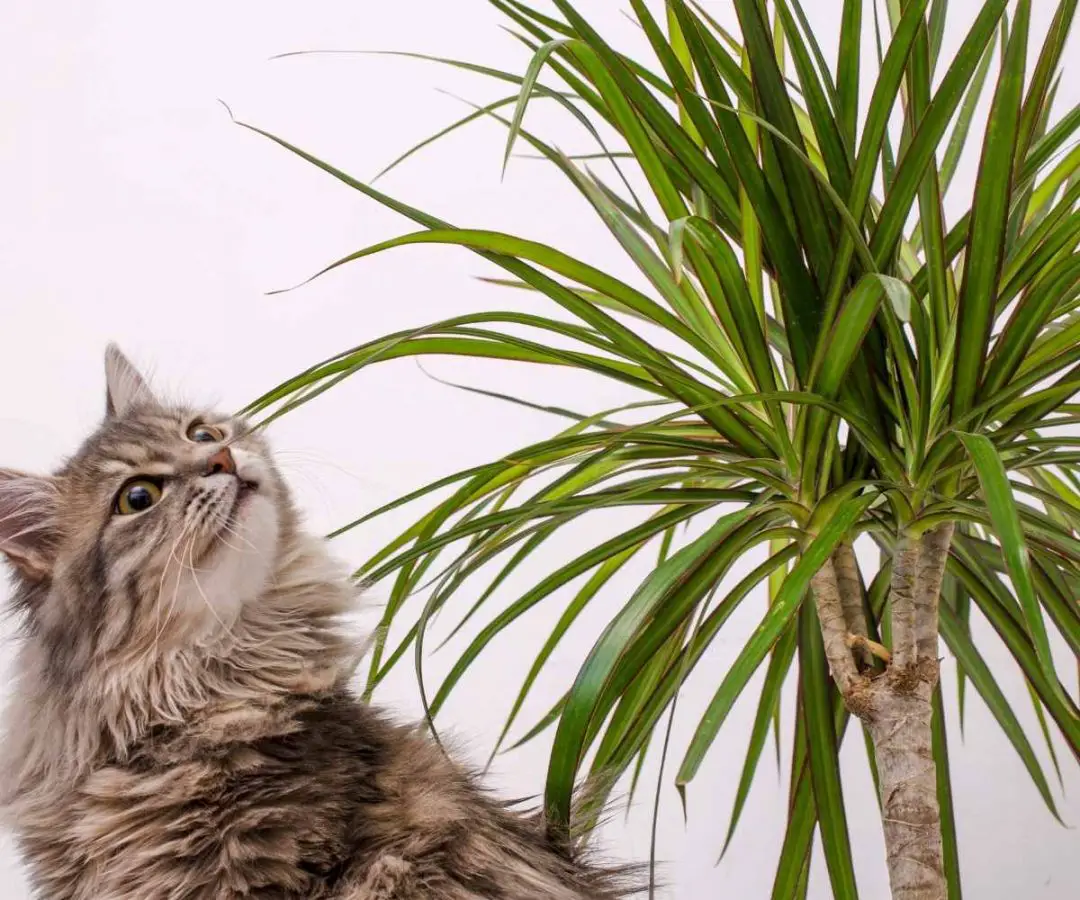Why Cats and Plants Can Be a Deadly Mix
As a responsible cat owner, it’s essential to be aware of the potential dangers that lurk in your home. While plants can bring beauty and freshness to your space, they can also be toxic to your feline friends. In fact, many popular houseplants can be poisonous to cats, making it crucial to choose non-poisonous indoor plants for cats.
The consequences of ingesting toxic plants can be severe, ranging from mild symptoms like vomiting and diarrhea to life-threatening conditions like kidney failure and respiratory distress. Common symptoms of plant poisoning in cats include lethargy, lack of appetite, and changes in urination habits.
If you suspect your cat has ingested a toxic plant, it’s crucial to act quickly and seek veterinary attention. Delaying treatment can lead to serious health complications and even death. By choosing non-poisonous indoor plants for cats, you can create a safe and beautiful indoor space that benefits both you and your pets.
How to Choose Cat-Friendly Plants for Your Indoor Space
When it comes to selecting plants for your home, it’s essential to consider the safety of your feline friends. With so many options available, it can be overwhelming to choose the right non-poisonous indoor plants for cats. To ensure a harmonious and safe coexistence, consider the following factors when selecting cat-friendly plants:
Plant Toxicity: Research the plant’s toxicity level and its potential impact on your cat’s health. The ASPCA’s toxic and non-toxic plant list is a valuable resource for cat owners.
Cat Behavior: Consider your cat’s behavior and habits. If your cat is prone to nibbling or digging, choose plants with sturdy stems and leaves that can withstand their attention.
Indoor Growing Conditions: Assess the lighting, temperature, and humidity levels in your home to choose plants that thrive in those conditions. This will ensure the plants remain healthy and reduce the risk of toxicity.
By considering these factors, you can create a beautiful and safe indoor space that benefits both you and your cat. Remember, choosing non-poisonous indoor plants for cats is crucial to ensuring their health and well-being.
Purrfectly Safe Options: Top Non-Toxic Plants for Cats
When it comes to choosing non-poisonous indoor plants for cats, there are many beautiful and safe options to consider. Here are some popular, cat-friendly plants that are perfect for your home:
Spider Plants: With their delicate white flowers and baby plantlets, Spider Plants are a popular choice for cat owners. They’re easy to care for and can thrive in a variety of lighting conditions.
Parlor Palms: These elegant palms are a great addition to any room, and their feathery leaves are safe for curious cats to nibble on. They prefer bright, indirect light and regular watering.
Peperomia: With over 1,000 species to choose from, Peperomia is a versatile and non-toxic option for cat owners. They come in a range of colors and patterns, and prefer high humidity and low light.
Other safe options include Prayer Plants, Pothos, and Catnip. Remember to always double-check the toxicity of any plant before bringing it into your home, and choose plants that fit your lifestyle and indoor growing conditions.
By incorporating these non-poisonous indoor plants for cats into your home, you can create a beautiful and safe space that benefits both you and your feline friends.
The Benefits of Indoor Plants for Cats and Their Owners
Indoor plants offer a multitude of benefits for both cats and their owners. By incorporating non-poisonous indoor plants for cats into your home, you can create a harmonious and healthy environment that promotes well-being for all.
Air Purification: Indoor plants are natural air purifiers, removing toxins and pollutants from the air. This is especially important for cats, who spend most of their time indoors and are susceptible to respiratory issues.
Stress Reduction: Studies have shown that being around plants can reduce stress and anxiety in humans. The same applies to cats, who can benefit from the calming presence of plants in their environment.
Aesthetic Appeal: Indoor plants add a touch of natural beauty to any room, creating a welcoming and inviting atmosphere. This can be especially beneficial for cat owners who want to create a cozy and comfortable space for their pets.
In addition to these benefits, non-poisonous indoor plants for cats can also help to reduce noise pollution, improve sleep quality, and boost mood. By choosing plants that are safe for your feline friends, you can create a healthy and happy environment that benefits both cats and their owners.
Whether you’re a seasoned plant enthusiast or a beginner, incorporating indoor plants into your home can have a significant impact on the health and well-being of both you and your cat. So why not give it a try? Choose some non-poisonous indoor plants for cats, and start enjoying the benefits of a plant-filled home today!
Common Toxic Plants to Avoid: A Cat Owner’s Guide
As a responsible cat owner, it’s essential to be aware of the common toxic plants that can be deadly to your pets. Even if you’re careful, accidents can happen, and it’s crucial to know what to do if your cat ingests a toxic plant.
Lily (Lilium spp.): All parts of the Lily plant are toxic to cats, and even small amounts can cause severe kidney damage. If you suspect your cat has ingested a Lily, seek veterinary attention immediately.
Sago Palm (Cycas revoluta): The seeds of the Sago Palm are particularly toxic to cats, and can cause liver failure if ingested. Keep these plants out of reach of your curious cat.
Oleander (Nerium oleander): This flowering plant is highly toxic to cats, and can cause cardiac arrest, tremors, and seizures if ingested. Make sure to avoid having Oleander in your home or garden if you have cats.
If you suspect your cat has ingested a toxic plant, it’s essential to act fast. Monitor your cat’s behavior and watch for signs of poisoning, such as vomiting, diarrhea, or lethargy. Contact your veterinarian or a pet poison hotline for guidance, and seek immediate medical attention if your cat shows any symptoms.
Remember, it’s always better to be safe than sorry. Opt for non-poisonous indoor plants for cats, and create a safe and beautiful indoor space that benefits both you and your feline friends.
Creating a Cat-Friendly Indoor Oasis
Designing an indoor space that is both beautiful and safe for cats requires careful consideration of several factors. By following these tips, you can create a harmonious environment that benefits both you and your feline friends.
Plant Placement: Place non-poisonous indoor plants for cats in areas where your cat is less likely to access them, such as high shelves or hanging baskets. This will help prevent accidental ingestion and reduce the risk of plant poisoning.
Cat-Proofing: Take steps to cat-proof your indoor space by removing any hazardous materials, securing toxic substances, and blocking access to electrical cords and wires. This will help create a safe environment for your cat to explore.
Indoor Growing Conditions: Consider the growing conditions of your non-poisonous indoor plants for cats, including lighting, temperature, and humidity. By providing optimal growing conditions, you can ensure your plants thrive and purify the air, creating a healthier environment for your cat.
Harmonious Environment: Create a harmonious environment by incorporating calming colors, soothing textures, and comfortable seating areas. This will help reduce stress and anxiety in both you and your cat, promoting a sense of well-being and relaxation.
By following these tips, you can create a cat-friendly indoor oasis that is both beautiful and safe for your feline friends. Remember to choose non-poisonous indoor plants for cats, and enjoy the many benefits they provide, including air purification, stress reduction, and aesthetic appeal.
Popular Cat-Friendly Plant Brands and Products
When it comes to selecting non-poisonous indoor plants for cats, it’s essential to choose reputable brands and products that cater to cat owners. Here are some popular options to consider:
The Sill: This popular plant brand offers a range of non-toxic plants, including Spider Plants, Parlor Palms, and Peperomia, that are safe for cats. They also provide helpful resources and guides for cat owners.
Urban Jungle: This UK-based brand specializes in indoor plants and offers a variety of non-poisonous options, including air-purifying plants like Peace Lilies and Dracaena. They also provide expert advice on plant care and maintenance.
ProFlowers: This online plant retailer offers a range of non-toxic plants, including cat-friendly options like Orchids and Bromeliads. They also provide helpful guides on plant care and maintenance.
When choosing a plant brand or product, consider the following factors: plant toxicity, cat behavior, and indoor growing conditions. Look for brands that provide clear information on plant safety and care, and opt for products that are specifically designed for cat owners.
By choosing the right non-poisonous indoor plants for cats and following expert advice, you can create a safe and beautiful indoor space that benefits both you and your feline friends.
Conclusion: Bringing Harmony to Your Home with Cat-Friendly Plants
In conclusion, choosing non-poisonous indoor plants for cats is crucial for creating a safe and beautiful indoor space that benefits both cats and their owners. By selecting plants that are safe for cats, such as Spider Plants, Parlor Palms, and Peperomia, and following expert advice on plant care and maintenance, you can create a harmonious environment that promotes well-being and relaxation.
Remember, non-poisonous indoor plants for cats not only purify the air and reduce stress, but they also add aesthetic appeal to your home. By incorporating these plants into your indoor space, you can create a peaceful and calming atmosphere that benefits both you and your feline friends.
So, take the first step towards creating a cat-friendly indoor oasis by selecting non-toxic plants, designing a safe and beautiful space, and enjoying the many benefits that these plants provide. With a little creativity and planning, you can bring harmony to your home with cat-friendly plants.







